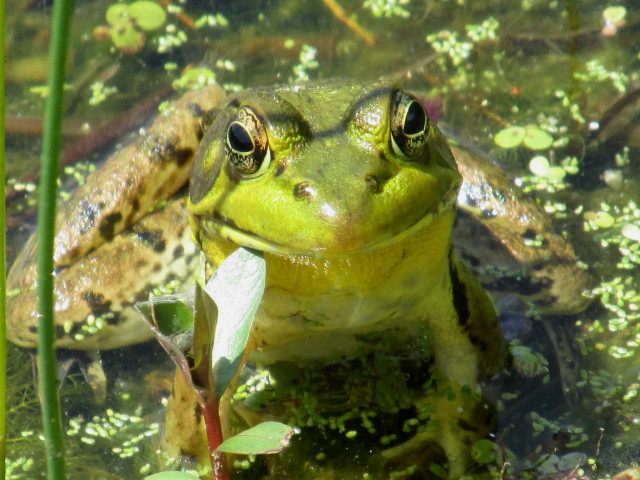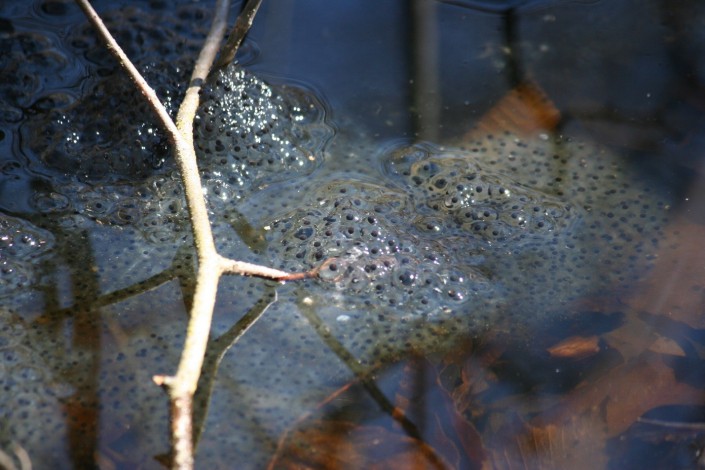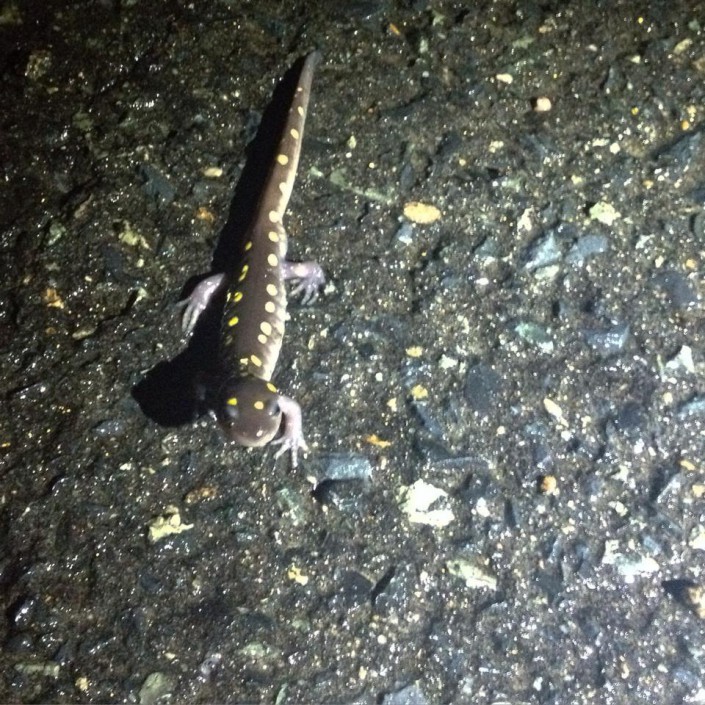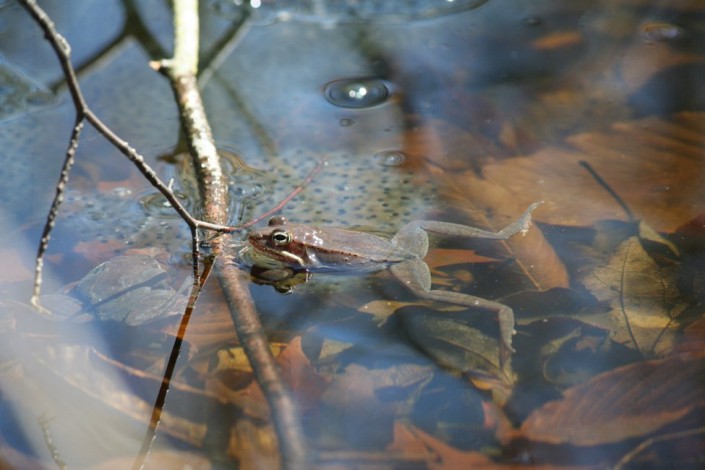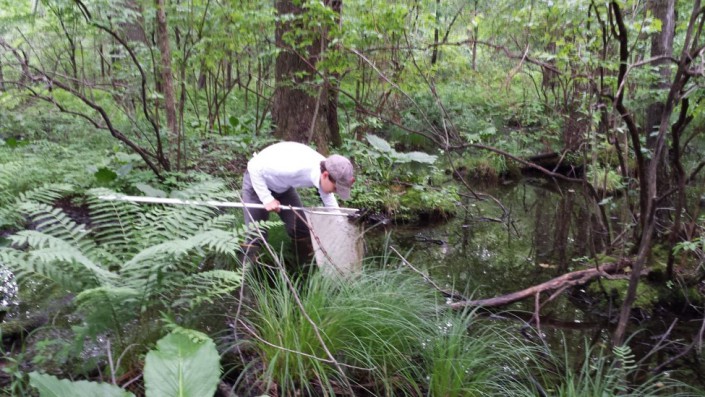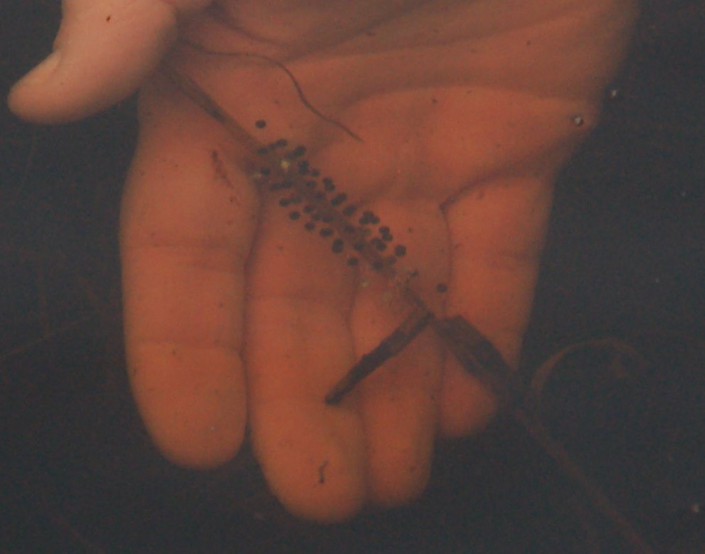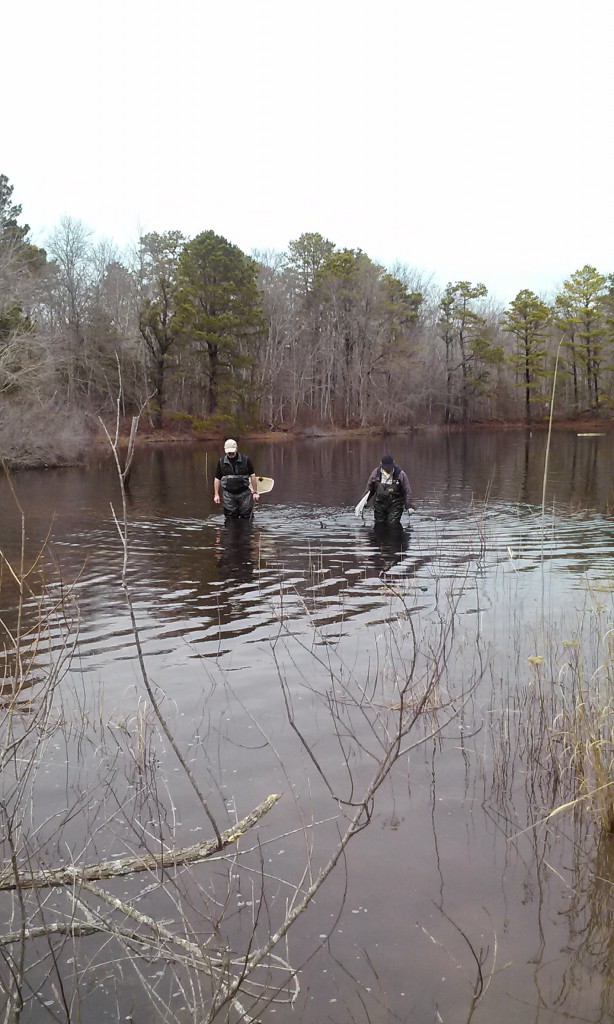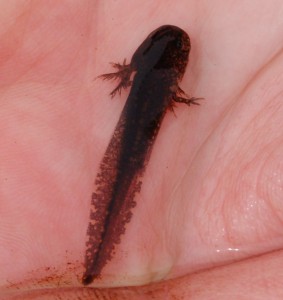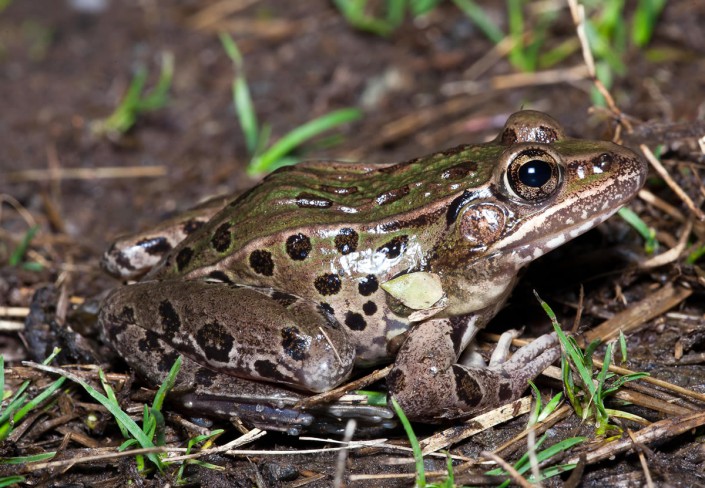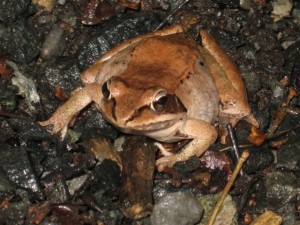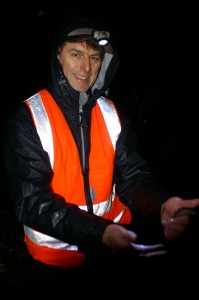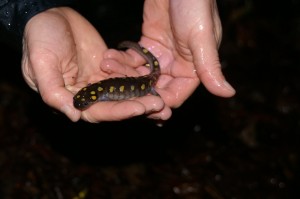Meet the 2015 Honorees: MacKenzie Hall, Women & Wildlife Inspiration Award Winner
Wildlife Biologist Celebrated for Inspiring Non-Scientists of All Ages to Become Passionate Conservationists
by Lindsay McNamara, Communications Manager

A powerful force behind the conservation of wildlife in New Jersey, MacKenzie Hall began working as a wildlife biologist for Conserve Wildlife Foundation in 2004 and was been involved with projects spanning bat colonies, migrating amphibians, and grassland birds. What is most remarkable about Ms. Hall, however, is her ability to motivate the public to participate in these projects, inspiring non-scientists of all ages to become passionate conservationists.
Ms. Hall has supported and participated in bat research projects throughout the state. She took part in colony monitoring, mist-netting, and banding, working through many nights in order to benefit these enormously important species. In 2012, she launched a “Bats in Buildings” program offering New Jersey homeowners bat-friendly “eviction” resources, as well as free bat houses for displaced colonies.
In addition to her involvement in bat conservation, Ms. Hall is a passionate advocate for New Jersey’s amphibians and reptiles. She worked to address amphibian mortality on state roads, teaming up with working groups to help species of frogs and salamanders safely cross roads during their spring breeding season. She successfully coordinated amphibian surveys throughout the state, a task requiring road closures, the cooperation of multiple municipalities, the recruitment and training of volunteers, and the willingness to work outdoors overnight on cold, rainy nights!
In her work to implement conservation programs such as the Natural Resources Conservation Service’s Wildlife Habitat Incentive Program, Ms. Hall’s keen understanding of the process and positive attitude turned many farmers and landowners alike into dedicated environmental stewards.
Join us to honor MacKenzie and the two other 2015 Women & Wildlife Award Winners on Wednesday, October 28 beginning at 6pm. Purchase events tickets and find more information.
We asked MacKenzie a few questions about what working in wildlife conservation means to her:
What motivates you to get out of bed each morning and go to work?
So much to do! Somehow the day always ends with more on the to-do list than it started with. Working statewide means a lot of ground to cover, a lot of emails to answer, and a lot of people to convince that the bats in their eaves aren’t looking to murder their family. Every day is a different adventure, even if I never leave my desk. Days that I actually get to spend up-close with animals or see our work making a difference – like finding kestrel eggs in a nest box we put up for them, or cupping a beautiful salamander in my hands and moving her to the safe side of the road – those are the little moments of glory that make it all feel so simple. It’s also really great to work with people who look at the world the same way I do, and who I can keep learning from.
What do you find most challenging about your profession?
Same answer as the last one, I think. This is work that’s never done. We rarely get to clap our hands together and say, “Ok, that species is saved, who’s next?” Most of our successes take years and years, a lot of educating others, a lot of help from others, and endurance.
Name one thing you can’t live without.
Sunshine…summertime. These crisp October days feel clean and refreshing, but I don’t want to close the windows and put a coat on! I want to bask in the sun like a turtle. I want sand that’s almost too hot to stand on. I want to run around in a tank top and pick berries and stay out in the balmy night in flip-flops, with frogs screaming from the trees.
What interests you the most about New Jersey’s wildlife?
Most of them live at or near some interface with the human world, because so much of New Jersey is covered in our footprints. We’ve got falcons on skyscrapers and shorebirds raising their chicks between houses and beach umbrellas. And yah, colonies of bats living up in the eaves. There’s a sense of sharing, because we’re all trying to make the most of our little spaces. We have so many chances to connect and commune with wildlife on common ground, if we just pay attention and learn to share nice.
Name one piece of advice you would give to someone who wants to change the world.
Figure out what you want the change to look like, and start with you. Be a positive example for the people who are close to you, and they’ll help you pass it forward. Don’t get too frustrated by the ones who don’t.
Please join us on Wednesday, October 28, 2015, from 6:00 – 9:00 p.m. at Duke Farms in Hillsborough, New Jersey to honor the contributions that MacKenzie Hall, Tanya Oznowich, and Pat Hamilton have made to wildlife in New Jersey.
This year’s very special event will feature keynote speaker Governor Christine Todd Whitman. The event will also celebrate CWF’s past decade of honoring women for their success in protecting, managing, restoring, and raising awareness for the Garden State’s endangered and threatened wildlife species.
Learn more:
Lindsay McNamara is the Communications Manager for Conserve Wildlife Foundation of New Jersey.
